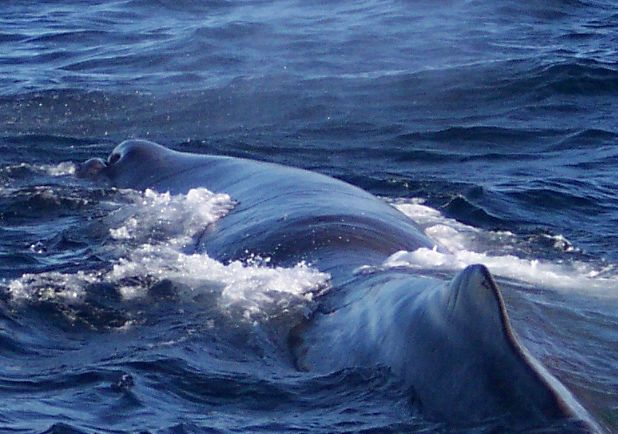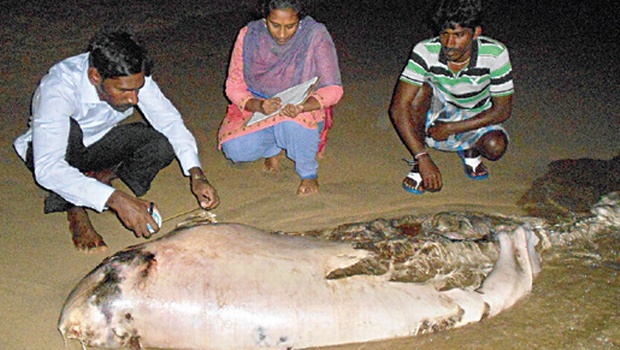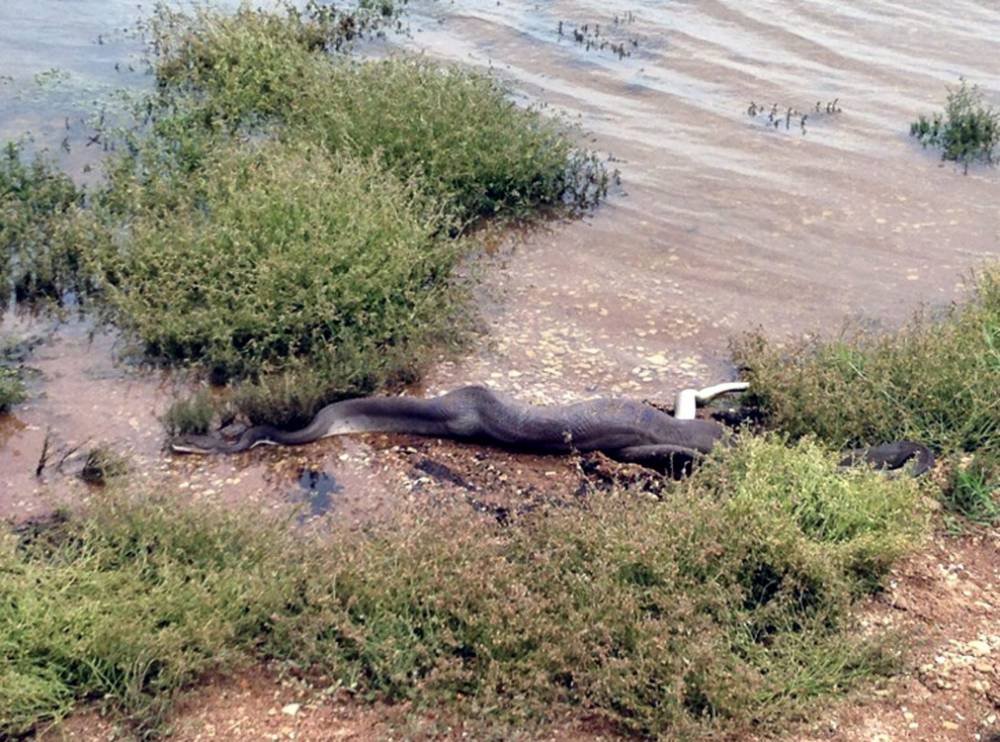
© Wikimedia Commons.
A 10-meter sperm whale was found dead and floating nearby Pamilacan island off this town, Wednesday morning.
Mayor Alvin Uy confirmed this incident to
The Freeman, saying he had decided to have the dead whale buried after its decomposing body caused stench wafting around the area.
Uy, in an interview over station DyRD, said the body of the 5-ton whale will be excavated someday and have its bones restored to its original form. "The whale's bones can be mounted as a special tourist attraction," Uy said.
Jun Gultia of the Bureau of Fisheries and Aquatic Resources said the agency was no longer interested to conduct an autopsy because it was established that the whale died of accidental bumping into a ship's rudder, as evidenced by a long and deep wound on the animal's belly.
Another source said a fisherman, identified as Alan Tapon, was the one who found the dead whale floating.
BFAR said that, aside from sperm whale, among the commonly-sighted marine animals found between the seas off Pamilacan Island and mainland Bohol are bottlenose dolphin, Bryde's whale, Risso's dolphin, melon-headed whale, pygmy killer whale, short-finned pilot whale, spotted whale, Fraser's dolphin, and manta ray.
This town, where the oldest stone church is located but destroyed by the Oct. 15 earthquake, hosts the whale-watching in industry tourism during this season and summer months off the island.
Fishermen on the island used to catch whale shark using harpoon years back but they are now into whale watching since ban on catching marine mammals took effect in the late 1990s


